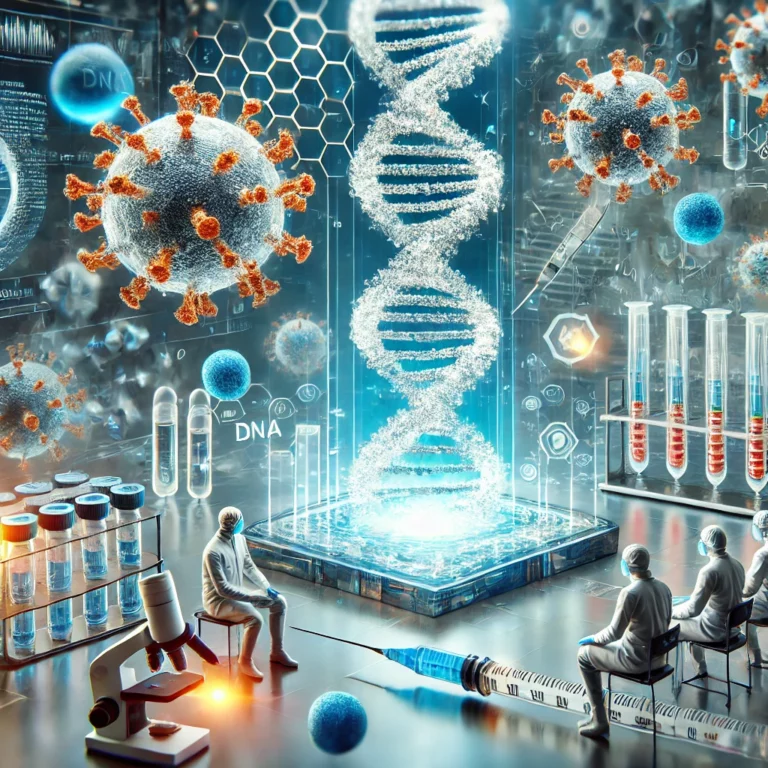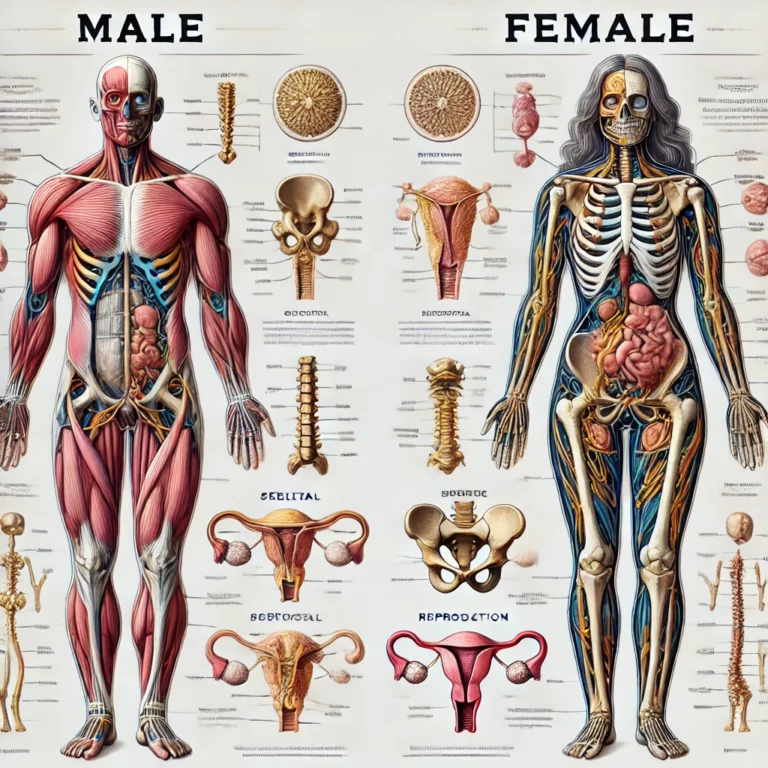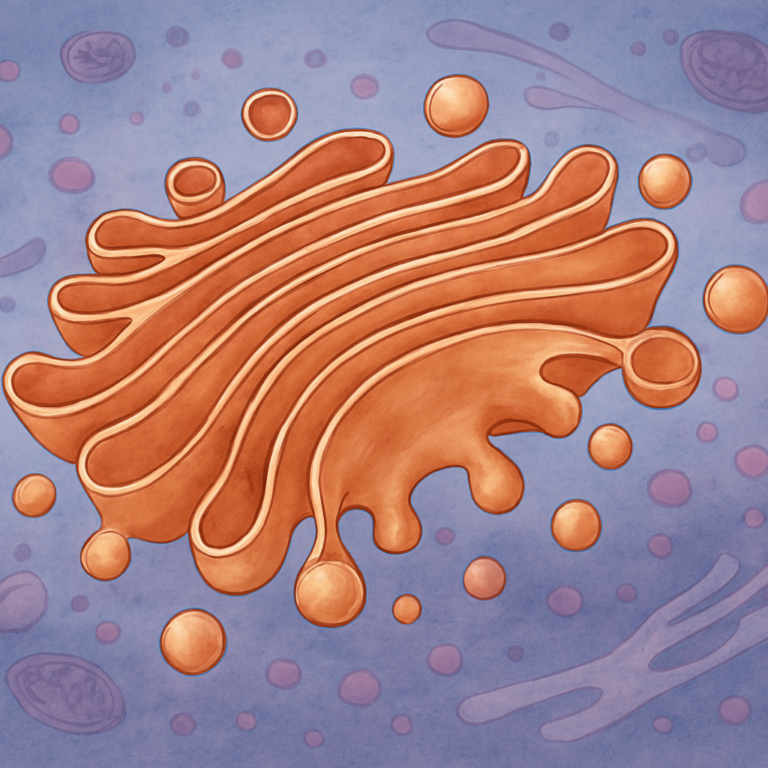Welcome back, friends, and welcome to this new journey to discover the wonders of science! Today, we will enter a fascinating and unexplored territory, a world where life itself is recreated by man’s hands: synthetic biology.
Imagine, if you will, being able to shape life like a craftsman shapes clay. Imagine being able to build artificial cells and tiny biological machines designed to heal our bodies from the inside, brick by brick. This is not a dream, my friends, but a reality that is coming true thanks to the efforts of brilliant scientists around the world.
Synthetic biology, we could say, is a sort of “engineering of life”. Like an architect designs a building, synthetic biologists design and build artificial biological systems, such as synthetic cells, equipped with specific functions. Think of these cells as tiny robots programmed to carry out precise tasks within our organism.
But how do you build an artificial cell? Well, the process is similar to building a toy, but at the molecular level! It starts with the basic building blocks of life—lipids, proteins, and nucleic acids—and assembles them precisely, like a mosaic, to create a structure that mimics a natural cell.
There are two main strategies for achieving this: We can start with an existing cell and “streamline” it, eliminating everything that is not essential, or we can build the cell “from the bottom up,” piece by piece, like a clockwork mechanism.
You may wonder why we need artificial cells when nature has already provided us with natural ones. Well, friends, artificial cells offer extraordinary advantages:
- Efficiency: Imagine a racing car designed to reach maximum speed. Artificial cells are like that: focused on a single goal without distractions.
- Safety: Artificial cells are not “alive” in the traditional sense of the term, but they do not reproduce uncontrolled and cannot escape our control.
- Versatility: we can design artificial cells with unique characteristics, combining biological and synthetic elements, opening up an infinite range of possibilities.
And the applications, you ask? Well, prepare to be amazed! Artificial cells promise to revolutionize medicine, offering innovative solutions for diagnosing and treating numerous diseases.
Think of microscopic capsules that travel through our body, like tiny submarines, to release drugs directly where they are needed, hitting diseased cells with surgical precision. Or molecular biosensors, capable of identifying the first signs of a disease, allowing us to intervene promptly. And again, micro-biological factories that produce drugs inside our body or vectors that transport healthy genes to correct genetic defects.
But that’s not all, my friends! Synthetic biology is not limited to medicine. Artificial cells can produce biofuels, purify the environment, and create innovative materials. The possibilities are truly limitless!
Of course, there is still a long way to go. Building complex artificial cells is a huge challenge, requiring the collaboration of scientists from different disciplines. But the progress is continuous and surprising.
Recently, researchers created animal cells capable of photosynthesis, just like plants! Other scientists have also developed synthetic genes that allow them to build artificial tissues with incredible precision.
In short, friends, synthetic biology is a constantly evolving field that projects us towards a future full of promise—a future in which science and technology will help us live longer, healthier, and in harmony with nature.
And with this, my friends, our journey today ends. I hope you enjoyed exploring this fascinating world of synthetic biology with me. Keep following me because the journey of discovery never ends!







